21st December 2025
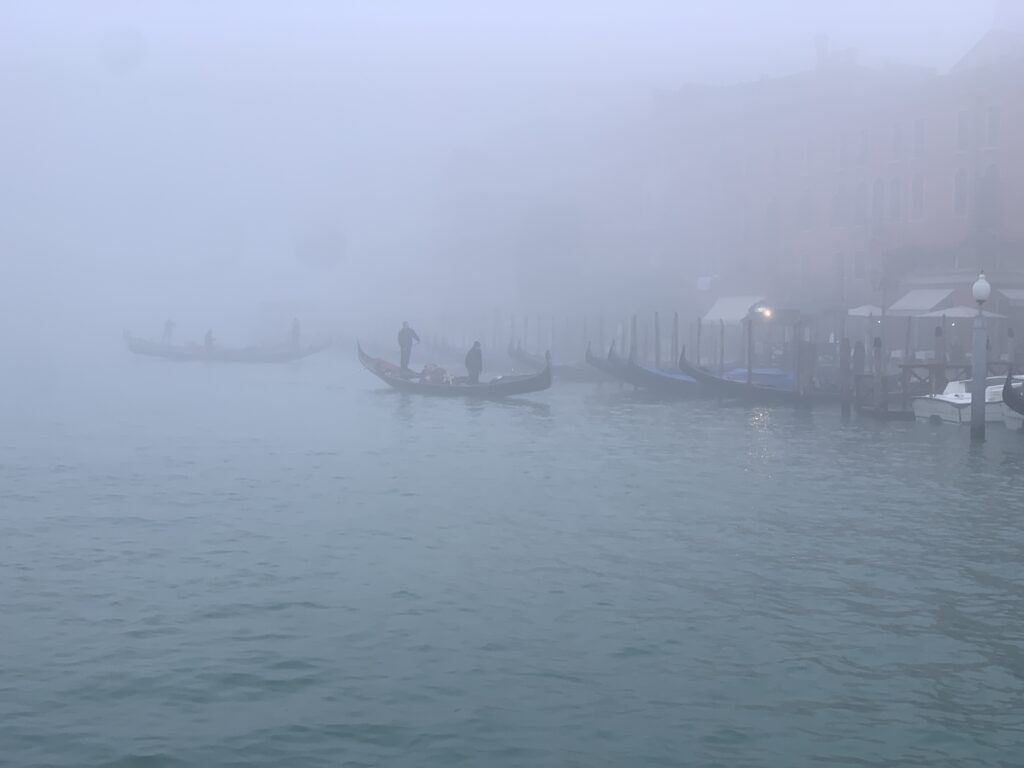
John Wyver writes: Stuff from the past week that has engaged and informed me, with a bias this time towards the USA (but not all of it bad). There is television and film, a trial from the 1920s, a Soviet architect and French feminism. Anne Applebaum’s essay below about two of my favourite things, Henry James and Venice, is my excuse for posting a photo I took in the city early in 2024. It’s also a reminder to me to return, and soon.
• Fixing the BBC: thoughtful contributions gathered by Prospect from Liliane Landor, John Tusa, Razia Iqbal, Sophia Smith Galer, Armando Iannucci, Mark Damazer and Lewis Goodall.
• 1975 Christmas Radio TV Times time travel edition: brilliant from Hannah Cooper at Visual Mutterings – a downloadable .pdf with details of a wide selection of Christmas offerings from television fifty years back, and by clicking on a programme’s entry you get taken to a stream of it.
read more »
17th December 2025
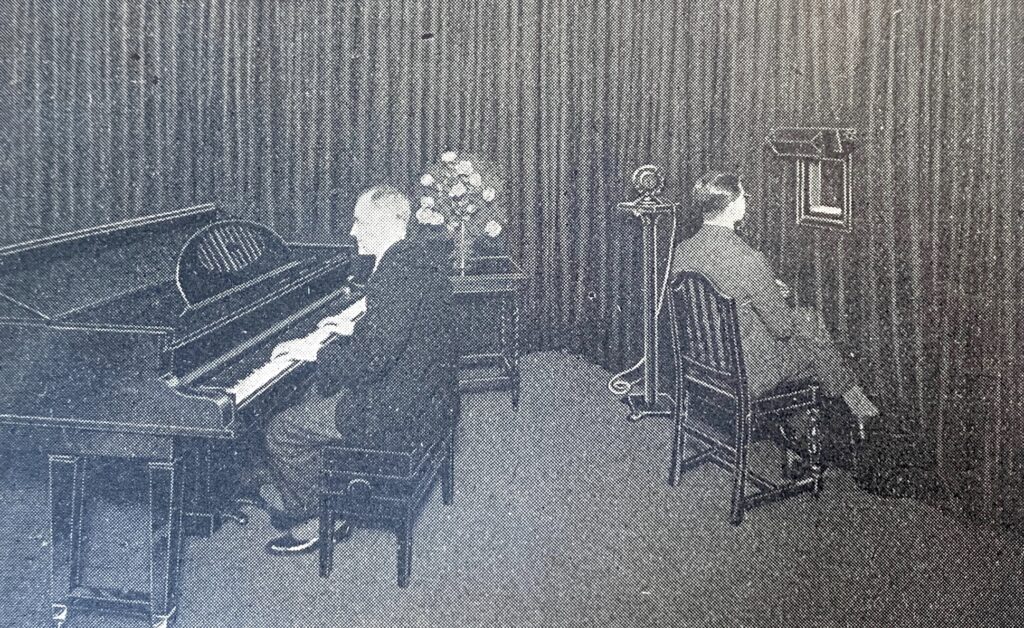
John Wyver writes: Once again, since I have contributed here more than a year of near-daily posts recognising ‘on this day’ events in the first decade of British television, I am now contributing a weekly reprise round-up. All of this is part of the run-up to publication by Bloomsbury and the BFI on 8 January of my book Magic Rays of Light: The Early Years of Television in Britain. So for today and the coming week, here are links to the posts from a year back:
read more »
16th December 2025
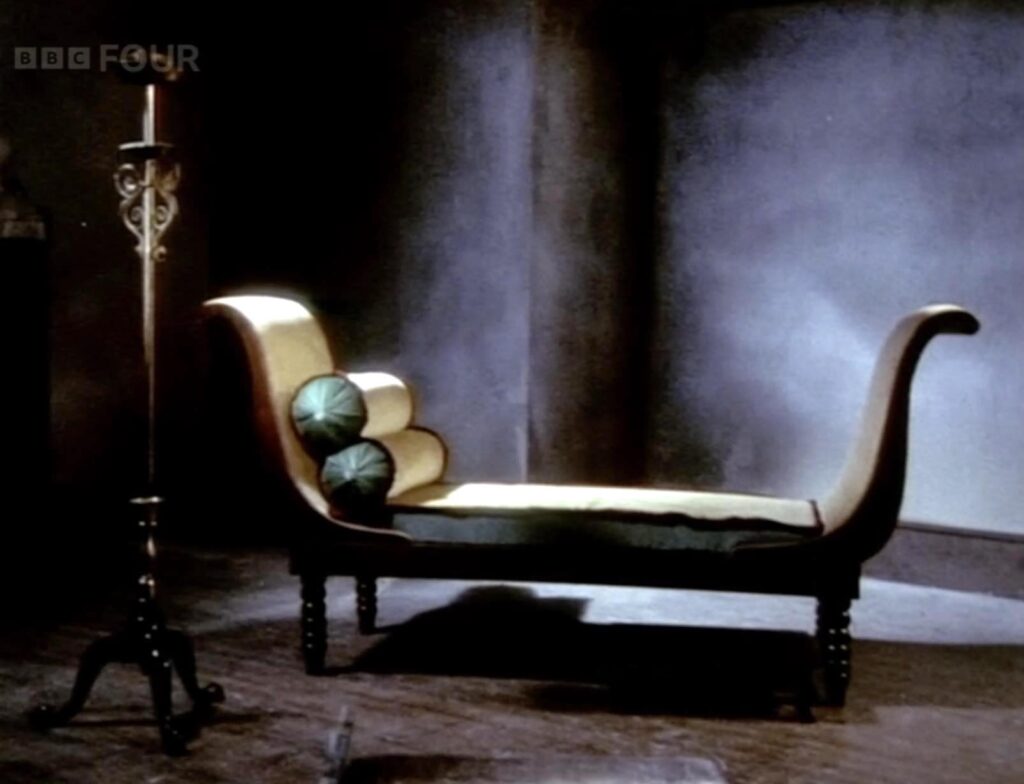
John Wyver writes: My visit to the troubled Louvre on Friday to see the glorious Jacques-Louis David exhibition, about which I posted on Saturday, prompted me to return to Leslie Megahey‘s 1986 film about the artist, The Passing Show. The first film in the trilogy Artists and Models, along with complementary films about Ingres and Géricault, this was briefly available on BBCiPlayer earlier this year, but has once again disappeared back into the inaccessible archival vaults. (You may however be able to find an illegitimate copy on a popular streaming platform.)
read more »
14th December 2025
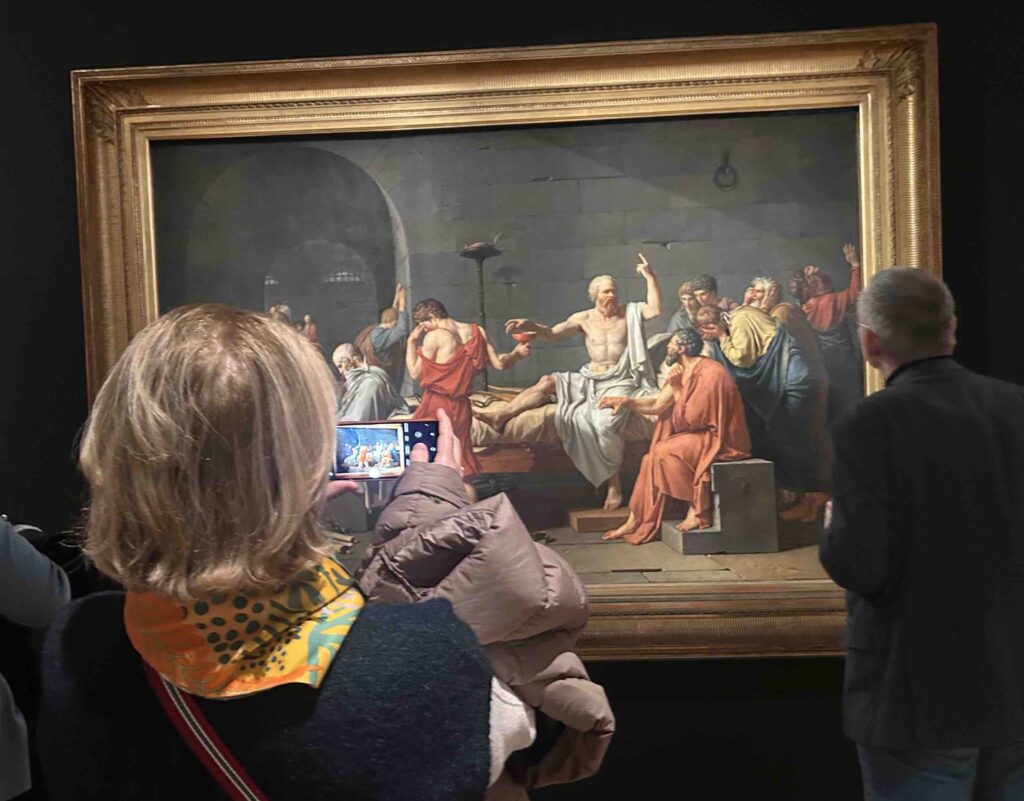
John Wyver writes: Television, photography, modern dance and the legacies of empire are among the topics of articles that engaged me this week. As for the image, it is another from my day trip to Paris on Friday, about which I posted here. I am currently much engaged by watching (and photographing) people photographing paintings in art galleries, and I want to write about this at some point. For the moment, however, enjoy this encounter with Jacques-Louis David’s The Death of Socrates, 1787.
• Public service media – funding and governance options: an important new report, co-edited by Professor Georgina Born and Professor Justin Lewis FBA, and published by The British Academy, free to download, with a range of comparative international case studies, and consideration of possible ways forward in the BBC Charter debate.
read more »
13th December 2025
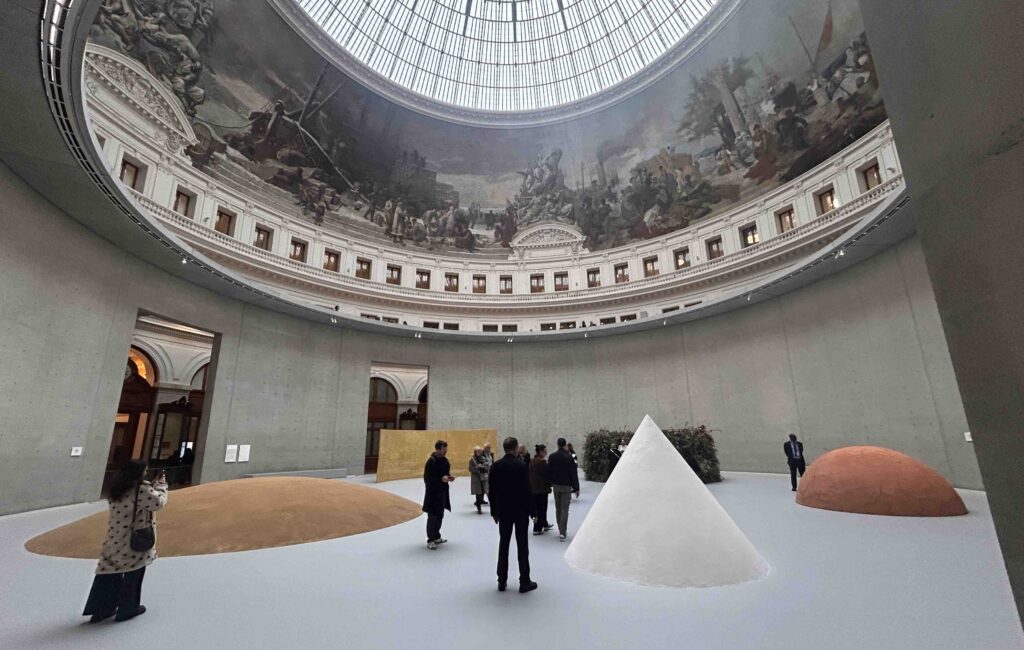
John Wyver writes: I have been going to Paris to see paintings for more than fifty years, and Friday was my most recent such trip. I took a break from prepping for the publication of Magic Rays of Light and the rest, and I had the pleasure and privilege of visiting Louvre’s glorious Jacques-Louis David exhibition. I also loved Minimal at the Bourse du Commerce, but I had a much harder time at the newly opened Fondation Cartier and at the Palais de Tokyo. More on all that, together with some pics, below.
read more »
10th December 2025
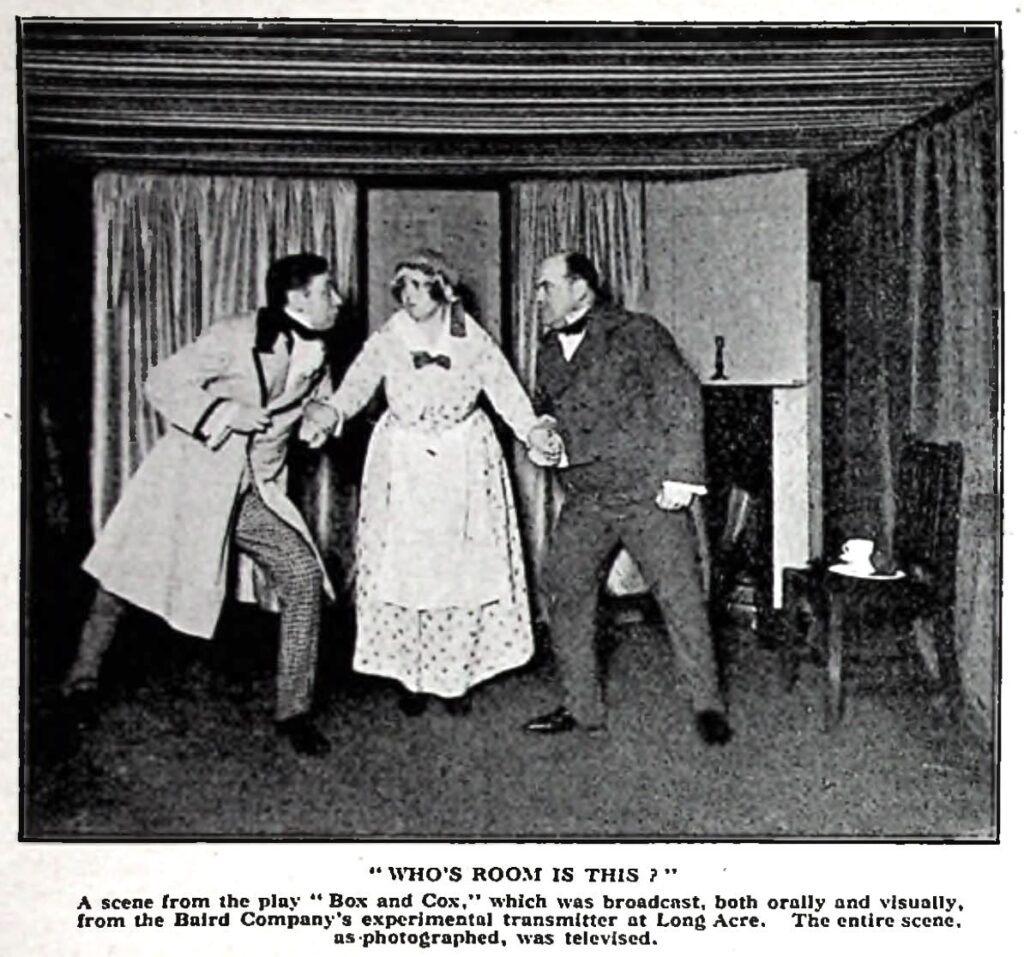
John Wyver writes: As I noted last week, since I have contributed here more than a year of near-daily posts recognising ‘on this day’ events in the first decade of British television, I am now proposing a weekly reprise round-up. All of this, of course, is part of the run-up to publication by Bloomsbury and the BFI on 8 January of my book Magic Rays of Light: The Early Years of Television in Britain. So for today and the coming week, here are links to the posts from a year back:
• OTD in early British television: 10 December 1937: Scenes from Macbeth broadcast in the afternoon from Alexandra Palace, with a transfer to the studio of part of Michel Saint-Denis’ production with Laurence Olivier and Judith Anderson.
• OTD in early British television: 11 December 1937: the evening schedule featured an ambitious half-hour of act 3 of Verdi’s Aida given by the Matania Operatic Society under producer Dallas Bower; this was one of television’s first presentations of ‘grand’ opera.
• OTD in early British television: 12 December 1936: just six weeks into the AP service, a spectacular demonstration on the studio terrace of the Territorial Army for the Battalion 61st (11th London) Anti-Aircraft Brigade, R.A., and the 36th Middlesex Anti-Aircraft, R.E., being put through their paces.
• OTD in early British television: 13 December 1937: the most ambitious television ballet to date, act 2 of Swan Lake by the Vic-Wells Ballet Company, from which chrysalis the Royal Ballet would emerge post-war; this was their production under D.H. Munro that had premiered in November 1934.
• OTD in early British television: 14 December 1936: no television broadcasts from Alexandra Palace on Monday 14 December 1936, and only an apologetic mid-evening sound announcement. A fierce gale had damaged the transmission mast and taken the service off-air.
• OTD in early British television: 15 December 1928: Saturday 15 December 1928, 97 years ago today, is a milestone date in the history of early television in Britain, since the day saw the transmission of the first television drama in Britain, a version of John Maddison Morton’s Box and Cox (above).
• OTD in early British television: 16 December 1937: the sixth Experiments in Science, a 16-minute edition with the subtitle Reconstructing the Past, with Margot Eates of the Institute of Archaeology demonstrating the reconstruction of prehistoric fragments of pottery from Maiden Castle in Dorset.
9th December 2025
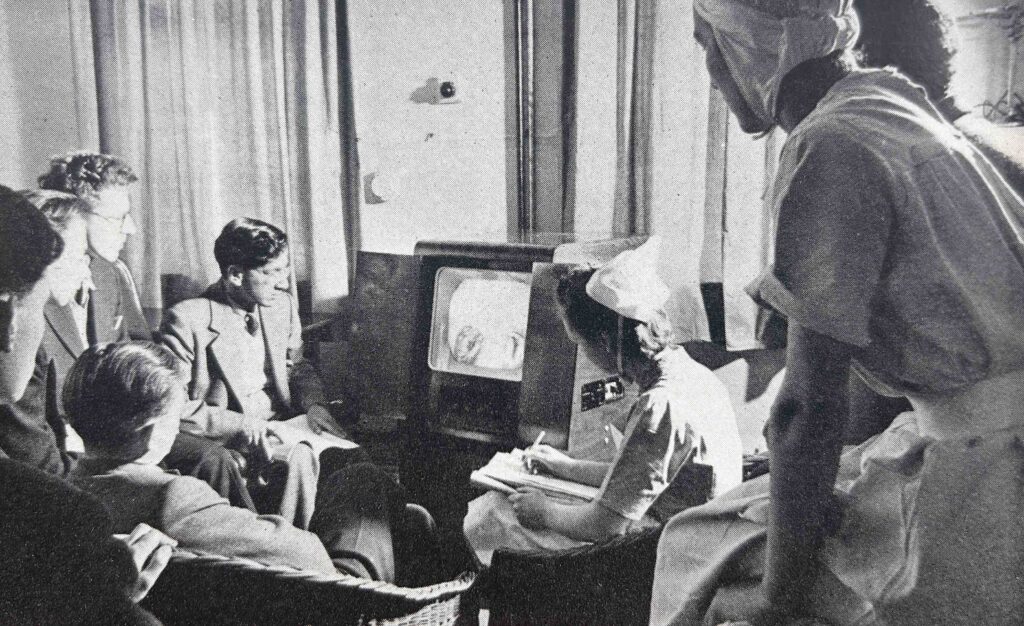
John Wyver writes: With Magic Rays of Light: The Early Years of Television in Britain still with the printers, and on course for publication by Bloomsbury on 8 January, my thoughts have turned to new projects.
I have a couple of spin-off ideas from that research, but I am more or less certain that my next substantial book will be a complementary volume, tentatively titled Switching On, exploring the cultural history of television from the war to the first night of ITV in September 1955. My aim is to have that published for the 75th anniversary of the commercial network on 22 September 2030.
I have started to dip into research for this, and one of the paths that I want to follow is that of television beyond broadcasting. One strand of this will consider the Rank Organisation’s commitment in the late 1940s to ‘cinema television’, the projection of live electronic images in picture houses. And another is the post-war development of television by the military, most especially the RAF.
read more »
8th December 2025
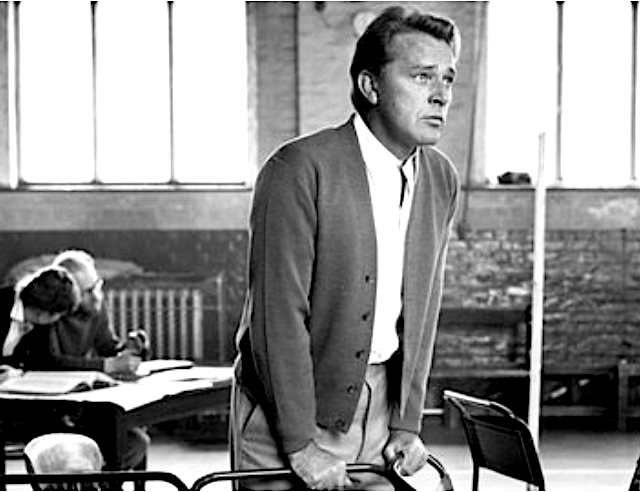
John Wyver writes: Yesterday, as part of the Richard Burton: Muse of Fire season at BFI Southbank I gave an ‘extended’ introduction (that was the request) to a rare screening of the BFI National Archive’s 35mm print of John Osborne’s 1960 television play A Subject of Scandal and Concern. Above is a rather fine BBC image from rehearsals.
The print looked really good and a decent crowd seemed to appreciate the Tony Richardson-produced drama, which stars Burton as the Victorian secularist George Holyoake. What follows is a lightly edited version of my notes – and if you missed the occasion, although I cannot condone this, you may be able to seek out the low-res version of the play that has been on a well-known streaming site for the past year.
read more »
7th December 2025

John Wyver writes: More politics than usual, perhaps, among things that have engaged my attention in the past seven days. There are several very good film reads too, and modern and contemporary music, along with a recommended podcast interview. The image above is from Robert Hamer’s remarkable It Always Rains on Sunday (1947) and is drawn from the first recommendation; look out for Lynda Nead’s BFI Classic about the film coming from Bloomsbury next year.
• Magic from elsewhere: Geoffrey O’Brien for The New York Review [£; limited free access] is terrific on post-war British cinema, responding to the Locarno retrospective this summer curated by Ehsan Khoshbakht, and the accompanying book Great Expectations: British Postwar Cinema, 1945–1960…
• The White Unicorn: a “tale of babies, boudoirs, lingerie, misunderstanding husbands”:.. and staying with post-war British cinema, this is Jo Botting’s very fine BFI ‘Inside the Archive’ column, about a 1947 melodrama with Margaret Lockwood which I realise now (although had completely forgotten) I wrote about in detail back in 2016 for this blog.
read more »
6th December 2025

John Wyver writes: My colleagues James Jordan and Eleni Liarou and I are a week or so away from finalising the programme for the symposium about the filmmaker Robert Vas to be held at Birkbeck, University of London, on Friday 27 March. We feel we have a rich programme already, but if anyone wishes to propose a further contribution, there is just one more week to put that forward.
In preparation, I have been watching the final film by Robert Vas that was screened during his lifetime, the 85-minute documentary Silver Spoon, broadcast on BBC2 on 2 January 1978, just over three months before his death on 10 April, at the age of 47. (Two other partially realised projects were completed by colleagues and broadcast after he died.) The film was spottily received by the critics, it was not repeated, and has hardly been seen since.
read more »









